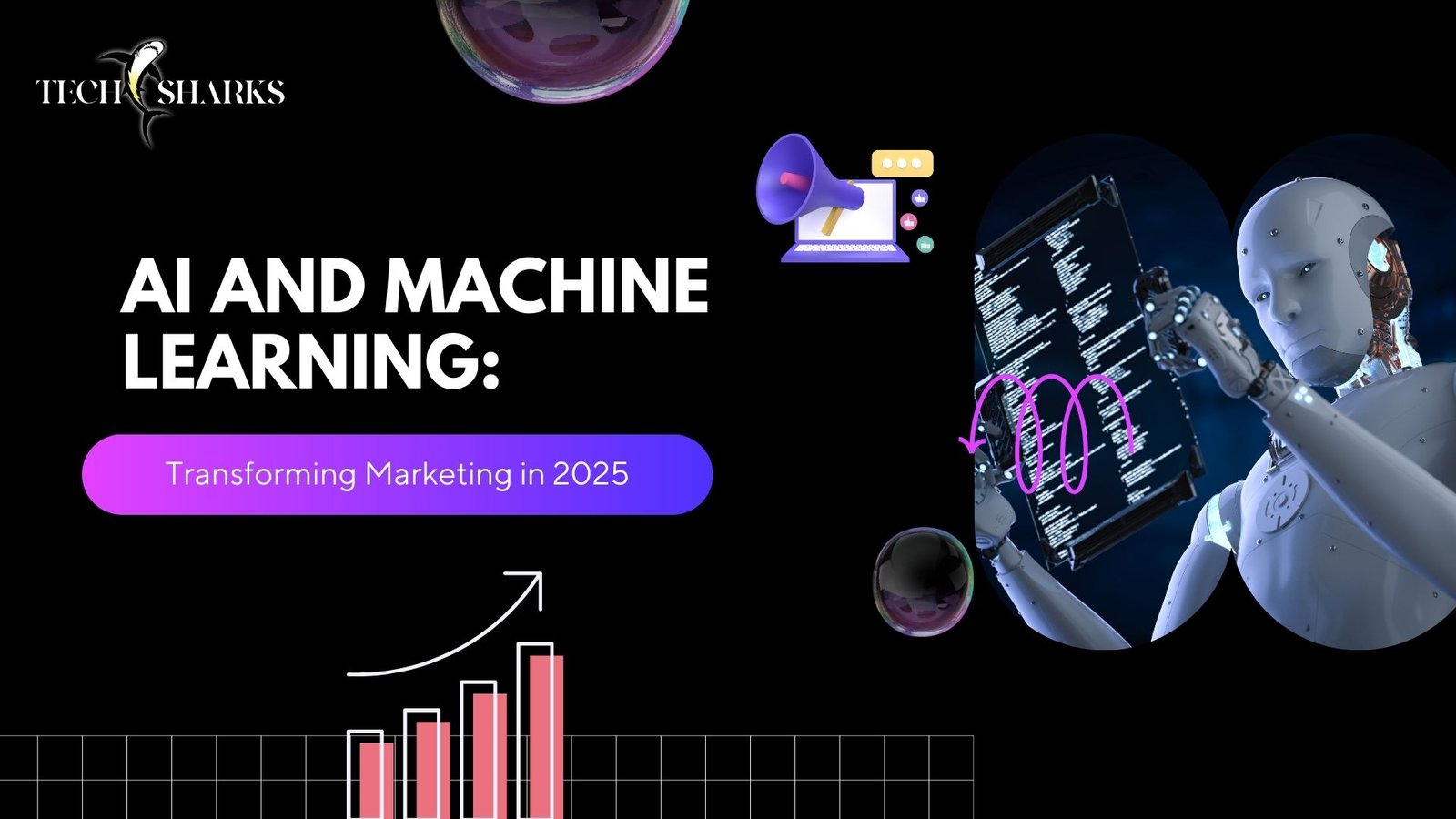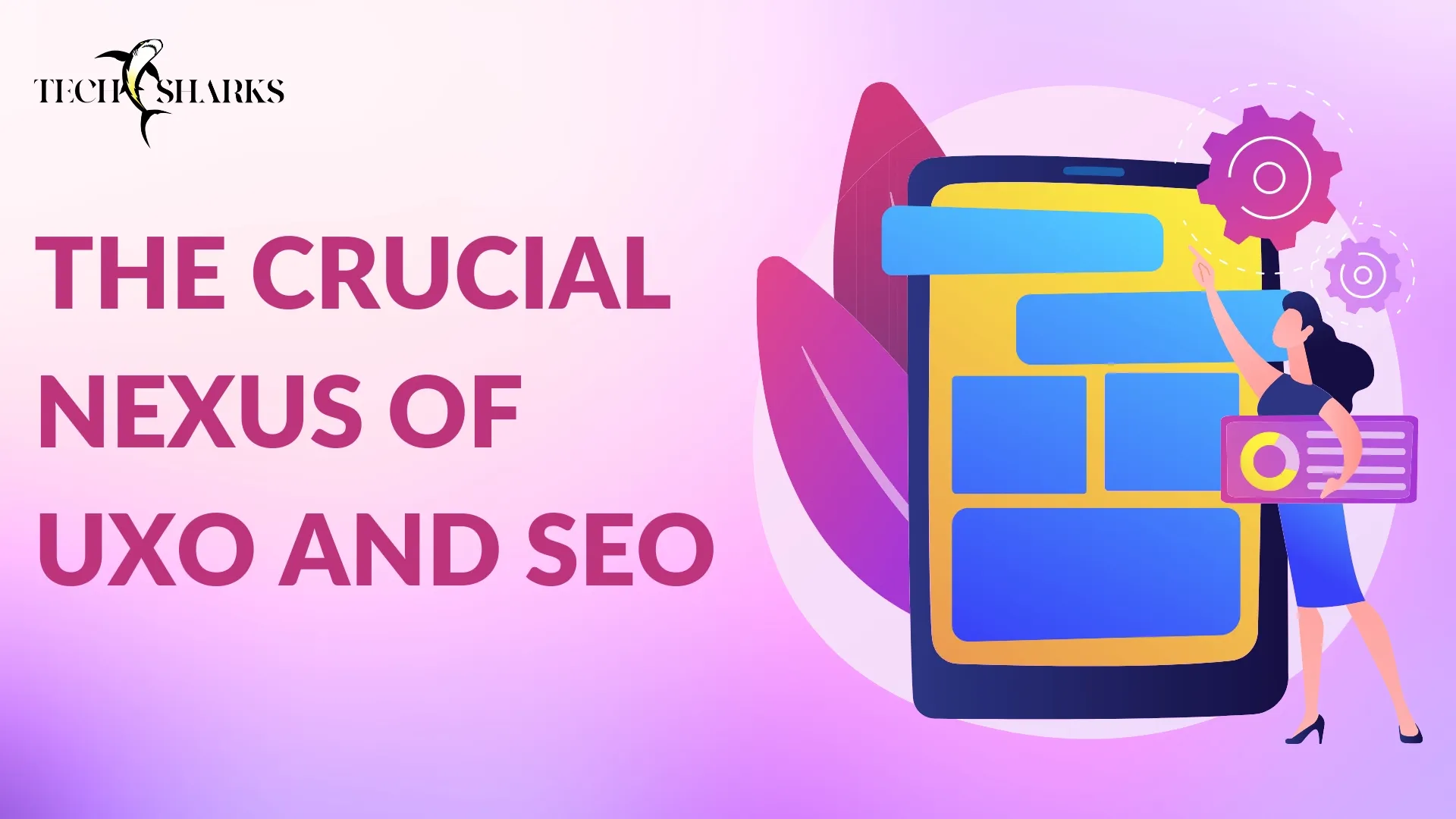The rapid advancements in artificial intelligence (AI) are transforming digital marketing, enabling businesses to predict consumer behavior with unprecedented accuracy. Predictive marketing analytics uses AI-driven algorithms to analyze historical data, identify patterns, and forecast future customer actions, helping brands create highly targeted and personalized marketing campaigns.
From personalized product recommendations to real-time ad targeting, AI-driven marketing is redefining how businesses interact with consumers, ensuring higher engagement and conversion rates.
What is Predictive Marketing Analytics?
Predictive marketing analytics leverages AI, machine learning (ML), and big data to analyze customer behavior and predict future actions. By processing vast datasets, AI identifies trends and insights that enable businesses to:
- Segment audiences dynamically based on real-time data
- Deliver personalized content and recommendations
- Optimize ad campaigns for maximum ROI
- Reduce customer churn by predicting disengagement
- Enhance lead scoring for better sales conversions
This data-driven approach ensures that marketing efforts are more efficient, targeted, and impactful.
How AI-Driven Marketing is Transforming Consumer Targeting
1. Predictive Customer Insights
AI algorithms analyze customer data from various sources—social media, website interactions, purchase history, and more—to predict future buying behavior. This allows brands to:
- Anticipate customer needs and preferences
- Personalize offers and discounts
- Improve customer engagement through relevant content
Example: Amazon’s recommendation engine uses predictive marketing analytics to suggest products based on browsing and purchasing history, boosting sales and customer satisfaction.
2. Real-Time Audience Segmentation
Traditional audience segmentation is static, relying on predefined categories. AI, however, dynamically segments users based on real-time behavior, adjusting marketing strategies instantly.
Example: Netflix customizes its homepage content for each user, continuously adapting based on viewing history and engagement patterns.
3. AI-Powered Ad Targeting and Budget Optimization
Predictive analytics ensures that ads reach the right audience at the right time, improving ROI and reducing wasted ad spend. AI-driven tools analyze:
- Which consumers are most likely to convert
- The best platforms and time slots for ad placement
- Real-time engagement metrics to optimize campaigns
Example: Google Ads and Meta (Facebook) use predictive marketing analytics to enhance targeting, automatically adjusting bids and placements based on audience behavior.
4. Chatbots and Conversational AI for Lead Nurturing
AI-powered chatbots use predictive analytics to understand user intent and personalize interactions, increasing lead conversion rates. These bots:
- Analyze past interactions to tailor responses
- Predict the best time to engage potential customers
- Offer personalized recommendations during conversations
Example: Sephora’s chatbot suggests beauty products based on previous purchases, making online shopping more interactive and personalized.
5. Customer Retention and Churn Prediction
By analyzing engagement patterns, AI can identify customers who are likely to disengage or churn. Businesses can then take proactive steps to retain them through:
- Exclusive offers or loyalty rewards
- Personalized email campaigns with re-engagement strategies
- Improved customer service based on AI-driven insights
Example: Spotify uses predictive marketing analytics to detect users who might cancel their subscription and offers targeted promotions to retain them.
Benefits of AI-Driven Predictive Marketing Analytics
- Higher conversion rates as AI-driven targeting ensures marketing efforts reach the right audience
- Improved customer experience through personalized interactions
- Optimized marketing budget by reducing ad spend waste and enhancing ROI
- Faster decision-making with real-time insights helping businesses adjust strategies instantly
- Reduced customer churn through predictive analysis, allowing brands to take proactive retention measures
Challenges and Considerations
Despite its advantages, implementing predictive marketing analytics comes with challenges:
- Data privacy and compliance – Businesses must adhere to data protection regulations (e.g., GDPR, CCPA).
- Integration complexity – AI tools must integrate seamlessly with existing marketing platforms.
- Data accuracy and bias – Predictive models rely on quality data; poor data can lead to inaccurate predictions.
- Investment in AI infrastructure – Advanced AI-driven marketing requires investment in technology and expertise.
Brands must ensure ethical AI use and transparency to maintain consumer trust.
The Future of Predictive Marketing Analytics
As AI continues to evolve, the future of predictive marketing analytics includes:
- AI-powered voice and visual search marketing
- Hyper-personalized AI-generated content
- Deeper integration of AI with AR/VR for immersive shopping experiences
- Automated AI-driven decision-making in real time
The fusion of AI and big data will continue to push marketing into a new era of precision targeting and personalized engagement.
Conclusion
AI-driven marketing powered by predictive marketing analytics is redefining how brands engage consumers, making marketing strategies more precise, personalized, and data-driven. By leveraging AI to predict customer behavior, segment audiences dynamically, and optimize campaigns in real time, businesses can drive higher conversions and enhance customer satisfaction.
Adopting AI-driven analytics is not just an advantage—it is becoming a necessity for brands looking to stay ahead in the competitive digital landscape.




